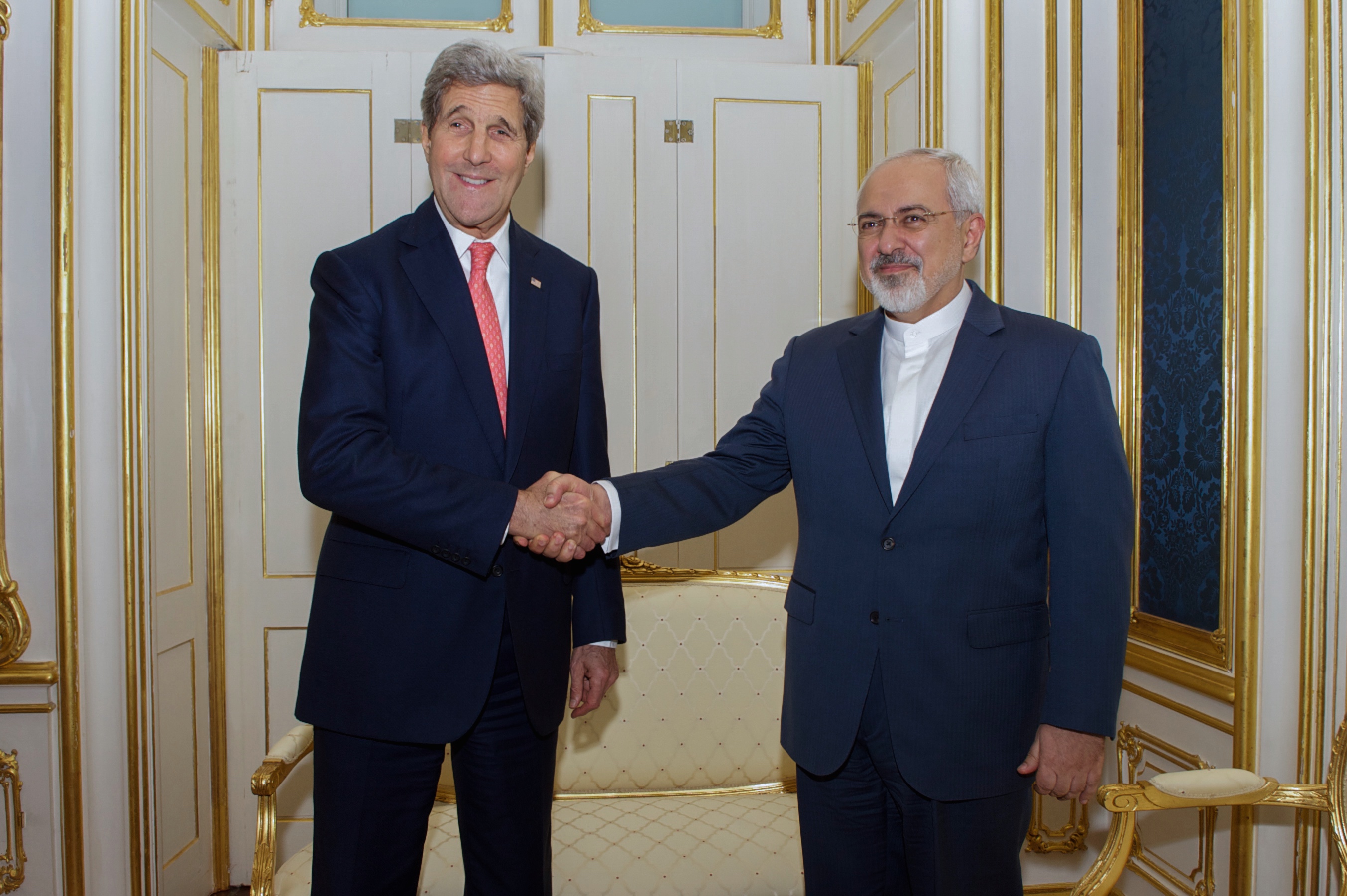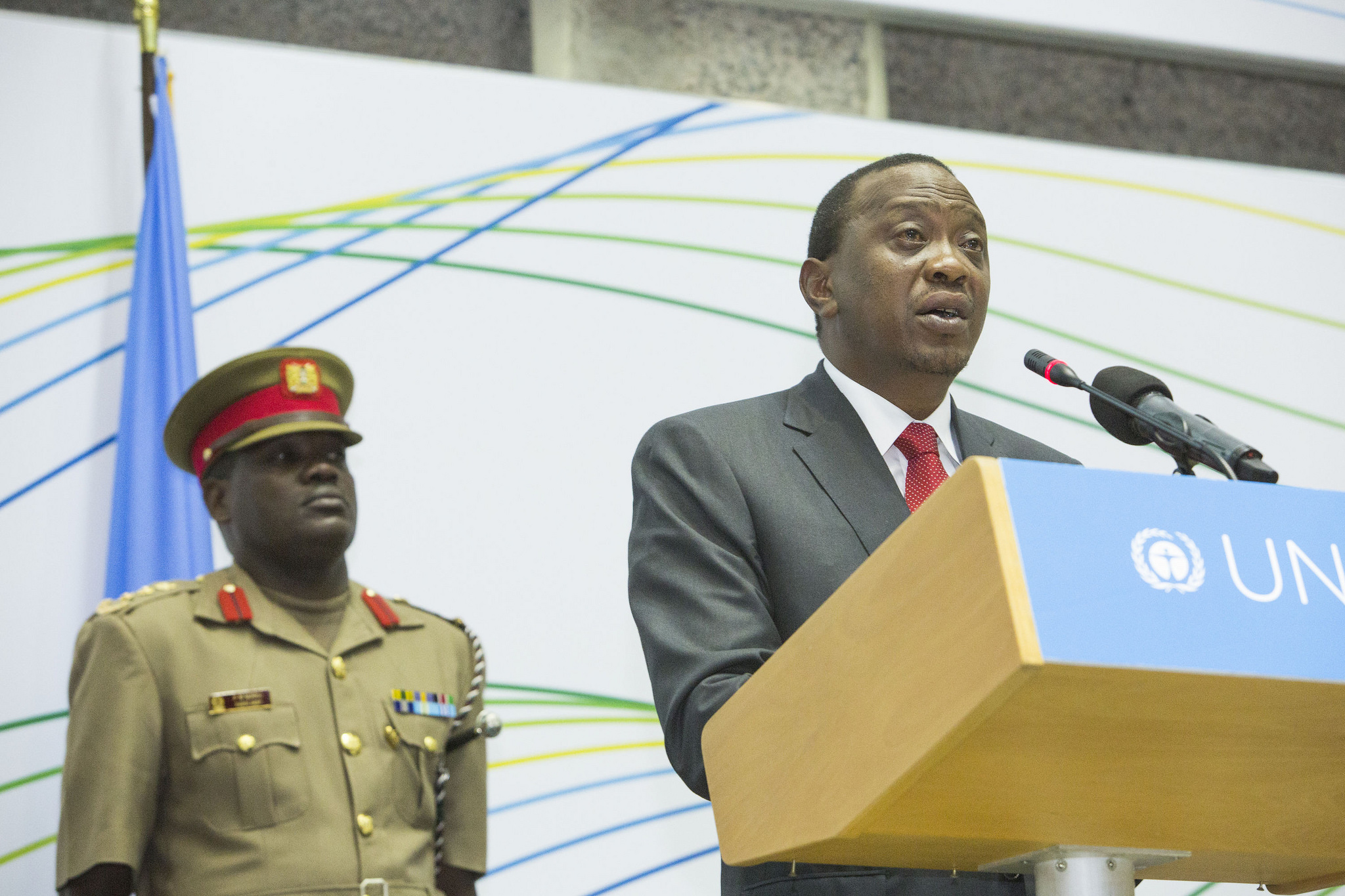By Erica Chenoweth for Denver Dialogues.
This tweet appeared in my feed a couple of days ago:
This letter, sent from a PAC supporting Rep. David Schweikert (R-AZ) to his constituents, warns that groups like Indivisible and Stronger Together “are determined to inflict the kind of violence we have seen before.” It then spells out different kinds of “violence” – including using “women, children, and families to mass confusion” – in an attempt to “disrupt and disorganize.”
Here’s the full original.
Indivisible AZ had its own retort:
And Stronger Together AZ responded with a letter of their own, rejecting the claims as slanderous and libelous and claiming that these accusations put their members in danger.
Stronger Together AZ has a point about the dangers of such inflammatory rhetoric. From a variety of social science studies, we know the following:
- Security dilemmas are real. These processes often result from contexts in which one or more groups overestimate the threat to their own safety and security. As a result of hyper-inflated threat perception, the threatened group may engage in defensive activities—like arming themselves—that come across to others as armed mobilization for offensive purposes. This, of course, leads those other social groups to attempt to defend themselves, initiating inadvertent escalation – a familiar spiral in civil conflict settings. Security dilemmas are especially likely if political fault lines run along ascribed identities.
- Political elites can be extremely influential in stoking and manipulating threat perceptions, often for their own cynical purposes. Heightened threat perceptions of dangerous others can be particularly powerful in getting out the vote and fundraising.
- Beyond their own constituents, the public tends to defer to political leaders with regard to the credibility of information and the wisdom of their declared positions. Many constituents adopt the positions of sitting politicians even when those politicians offer little rationale for their views.
So, yes. Letters like this contain all of the elements of elite manipulation of threat perception. The targets of such a letter should find its contents alarming.
How do communities effectively avert these processes? Recent scholarship—particularly a new book by Oliver Kaplan on community organizations resisting violence during the Colombian civil war—has something to say about that too:
- Organize, organize, organize. Communities with long-standing, village-level, civic organizations helped them resist and cope with violence during the war.
- Enshrine (and clearly signal) norms of nonviolent interaction. One of the only ways to avoid the security dilemma is to resist inadvertent escalation. Kaplan’s book also demonstrates why communities with an underlying commitment to nonviolence were able to maintain credibility as bargaining partners rather than threatening armed actors or taking themselves out of the game.
- Engage, when possible, with the other. One of the key ways that communities protected themselves (in Kaplan’s analysis) was by negotiating terms with the various armed actors who were threatening them. Indivisible has been bringing cookies to Rep. Schweikert’s office in an attempt to get a meeting with him. But given what we know about the motivations for elite manipulation, engaging with his office may be less effective than engaging with other members of the community who feel needlessly threatened. That means creating spaces, where possible, for various constituents to convene, discuss, and build trust—with or without the cooperation of political elites.









3 comments
Hm, I usually consult movements in (forming) dictatorships (Belarus, Russia, Turkey). It feels quite awkward to give my thoughts on an organisation in the USA. So this is what I would advise Indivisble and Stronger Together and their friends to do:
1.) Threats (violence) have a strategic purpose. It is rational behaviour, aimed (in this case) mainly to mobilize Schweikerts constituency. If you want this to stop, you must reduce the profit.
2.) To do this you have to make the threat backfire. Any attack on you is a chance to let it backfire, don’t let it go. (see: http://www.bmartin.cc/pubs/bf/bfbasics.pdf )
– In backfire language the tweet from indivisible is an act to “redeem” the target as valuable (nonviolent tax payers). The letter from Stronger Together is an action to (re)frame the PAC-letter as a threat/attack.
3.) Don’t de-escalate. By visiting with cookies, you might send the message, that the threat was “nothing serious”, better come with a lawsuit or take the media along.
4.) Make sure you reach the right audience. If you only reach out to your ingroup, chances are that your constituencies furor may only enlarge your opponents gain (by adding to mobilize Schweikerts constituency)
(obviously attacks are a good way to mobilize your own constituency, gain popularity, donations etc and you should use that momentum for your organization ( ;-), but if this is not related to Schweikert, this will not reduce the threat.)
5.) By picking single attacks and targeting single attacker, you can create a deterence, that will help you to be less likely attacked in the future. Even if you have no visible success, chances are good, that you created enough trouble to deter future attacks.
6.) Communicate clearly that all the trouble your opponent is going through is related to his own mistake of attacking you.
7.) Don’t give your opponent a chance to use anti-backfire tactics (see link above) against you, especially watch out that you can not be labeled as violent (here cookies do have a purpose)
(a violent flank is an open flank)
Great points, Bjorn. Thanks for the elaboration.